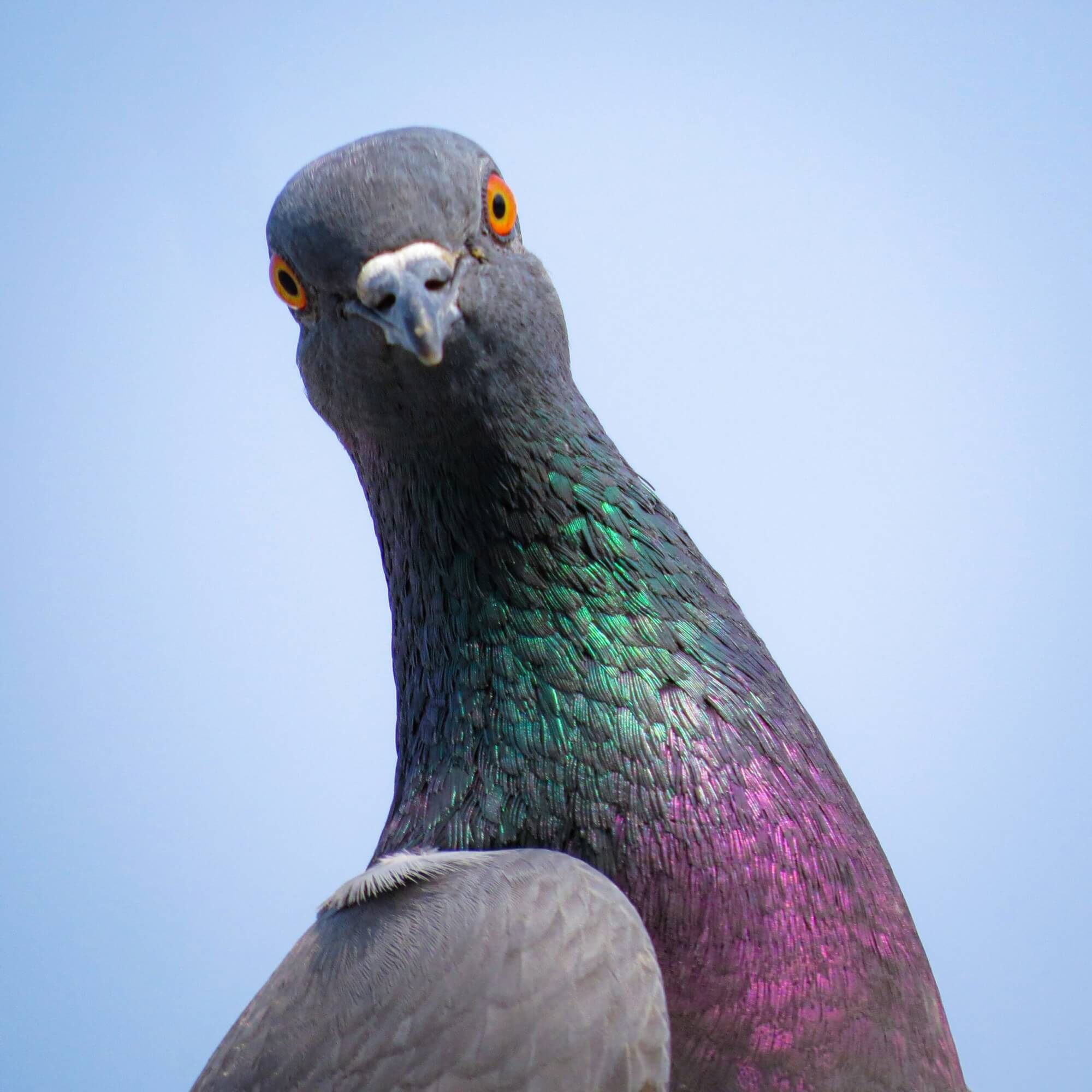A beluga ironically named Hvaldimir – Hval for “whale” in Norwegian – was first seen in 2019 off the coast of Hammerfest, Norway. The 13- or 14-year-old white whale was spotted again in May 2023 much farther south, this time off the coast of Sweden. Several hypotheses on its origins have been put forward, one of which has grabbed considerable attention. Could it be an escaped spy beluga working for Russia? Even if it is impossible to confirm the provenance of this vagrant beluga, its presence opens the door to discussion of a rather unusual topic: animals in the military.
When it first appeared in 2019 at the gates of the Arctic, Hvaldimir was wearing a harness equipped with a mount for a small camera on which was written “Equipment St. Petersburg.” It purportedly approached humans and tried to bond with them. According to the most popular theory, it comes from the Barents Sea, a strategic area where Westerners and Russians spy on the movements of the others’ submarines. Other hypotheses suggest that it could belong to an amusement park in the US state of Florida, which is also home to a city named St. Petersburg. Whatever the case, scientists are concerned about the recent reappearance of the emaciated animal farther south. The NGO tracking this individual fears that it will have difficulty feeding in these more southerly waters.
Marine mammals used for military purposes
This wouldn’t be the first time something like this has occurred. In January 1992, a beluga showed up at a Turkish fishing port on the Black Sea, where it reportedly begged for food. This friendly beluga was nicknamed Aydin (“illuminating” in Turkish) by the media. It turned out that this beluga, which was trained as part of a Russian spy program, had on two occasions escaped from a military base in Crimea during a storm. Specialists noticed that its teeth had been filed down to grip large objects such as magnetic mines. This cetacean was therefore capable of laying mines on the hulls of enemy ships. The Russians managed to recover the animal the first time, but not the second.
On several occasions, Russia has been suspected of training marine mammals for its military. Indeed, in Soviet times, there was purportedly a centre for military dolphins at the Ukrainian port of Sevastopol. According to a Russian military expert, Colonel Viktor Baranets, these marine mammals were apparently trained to analyze the seabed, defend bodies of water, attack enemy divers or even place mines on the hulls of ships. This vast centre ran a dedicated program for training combat dolphins. Various instruments were tested on the dolphins with the aim of further increasing their underwater capability. They were trained to patrol open water and attack or tie buoys to military elements. This is one of the two largest marine mammal training centres in the world.
So where is the second one? Since the 1960s, the American army has also maintained a marine mammal unit composed notably of dolphins and sea lions trained to detect intruders or suspicious objects. Indeed, with their exceptional echolocation ability, dolphins are amongst the best animals for detecting mines. They were also trained not to approach mines, but rather to deploy a floating tag signalling the position to a diver, who would then come and defuse it. Sea lions, on the other hand, with their keen eyesight, are able to detect objects quite easily. Today, it appears that the marine mammals in these centres have been retired and replaced by technological alternatives.
Animals at the service of humans since antiquity
It’s not just marine mammals that have been used for military purposes. Indeed, the Romans used to cover pigs with a flaming substance to fight against live enemy tanks, i.e. elephants. Horses were also used at the time to detect toxic smoke or locate wounded soldiers on the battlefield. Man’s best friend, the dog, has long been used and continues to be used for its extraordinary sense of smell. Canines can serve as mine detectors, watchdogs or even first aid responders.
Pigeons have also had their moment of glory. Endowed with a formidable sense of direction, these birds were notably released not only as messengers, but also as spies fitted with miniature cameras. Two of the most famous wartime pigeons are the American and Irish birds G.I. Joe and Paddy, respectively. Paddy flew 370 kilometres in just 4 hours and 50 minutes to deliver vital information on Allied progress. He was the fastest pigeon to reach England with a coded message from the battlefront beaches in Normandy, which earned him a medal in 1944. It all goes to show that military animals have been exploited for a long time!







